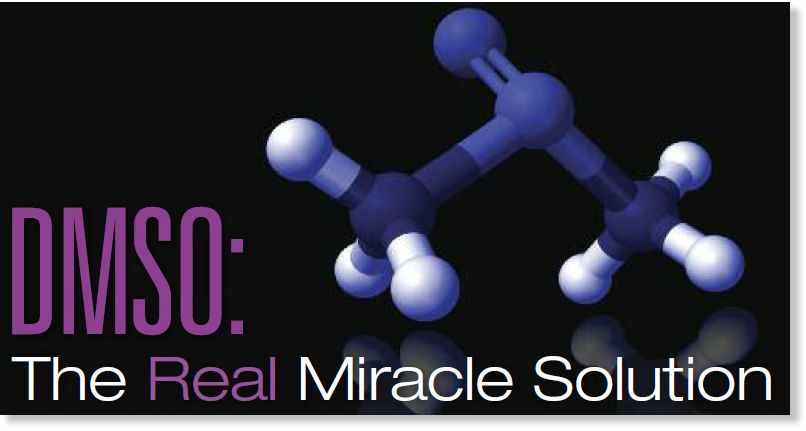Here's the other paper by Hoang et al.

Dimethyl Sulfoxide–Sodium Bicarbonate Infusion for Palliative Care and Pain Relief in Patients With Metastatic Prostate Cancer
ABSTRACT
Prostate cancer (adenocarcinoma of the prostate) is the most widespread cancer in men. It causes significant suffering and mortality due to metastatic disease. The main therapy for metastatic prostate cancer (MPC) includes androgen manipulation, chemotherapy, and radiotherapy and/or radioisotopes. However, these therapeutic approaches are considered palliative at this stage, and their significant side effects can cause further decline in patients’ quality of life and increase non–cancer-related morbidity/mortality. In this study, the authors have used the infusion of dimethyl sulfoxide–sodium bicarbonate (DMSO-SB) to treat 18 patients with MPC. The 90-day follow-up of the patients having undergone the proposed therapeutic regimen showed significant improvement in clinical symptoms, blood and biochemistry tests, and quality of life. There were no major side effects from the treatment. In searching for new and better methods for palliative treatment and pain relief, this study strongly suggested therapy with DMSO-SB infusions could provide a rational alternative to conventional treatment for patients with MPC.
Patients with pain score <3 points (VDS) were treated with infusion of 25 mL of 99.9% DMSO
solution mixed with 250 mL of SB 1.4% solution and 10 mL of magnesium sulfate 1.5% (7 patients).
Patients with pain score ≥3 points were treated with infusion of 40 mL DMSO mixed with 500 mL of
SB 1.4% solution and 10 mL of magnesium sulfate 1.5% (11 patients).
Patients with pain score that did not decrease in 3 days of treatment with infusion of 40 mL DMSO were recommended to receive a dose of 60 mL of DMSO mixed with 500 mL of SB 1.4% solution
(2 patients). When the pain was completely under control, the dose of DMSO returned to 40 mL.
The patients who were treated with 40 DMSO and achieved complete pain control had their dose of
DMSO reduced by 5 mL after each cycle of infusion reaching a maintenance dose of 25 mL DMSO per
day for the remaining cycles. The speed of drip was 40 to 60 drops per minute (mean: 50 drops per minute).
There were nine episodes of transient mild headache and five episodes of moderate chilling during
and after treatment. These side effects subsided and were resolved in 1 to 2 hours and all patients were
able to continue with the next set of infusions. For these patients who experienced transient headache
and episodes of chilling spell, we recommended slowing the drip rate to 30 drops per minute in the next
infusion session.





